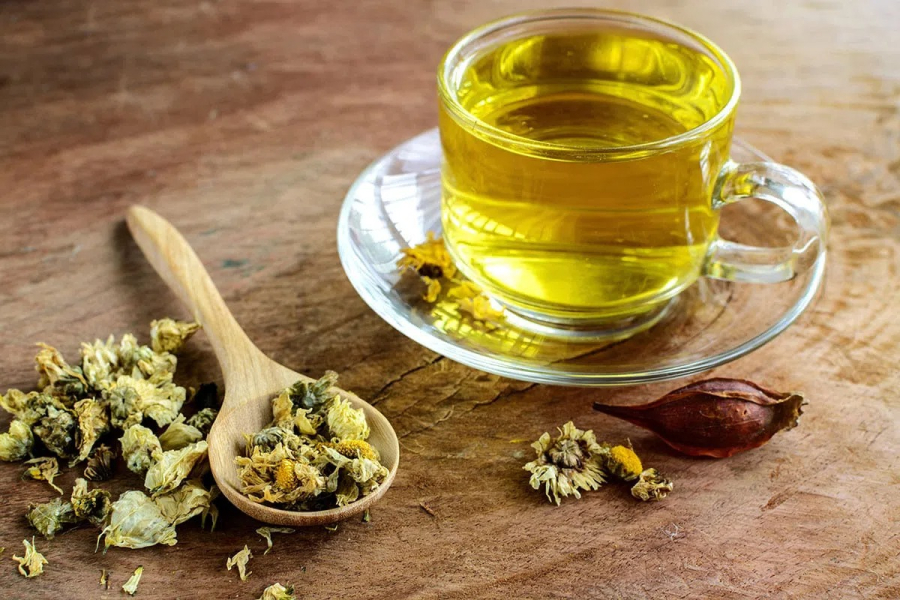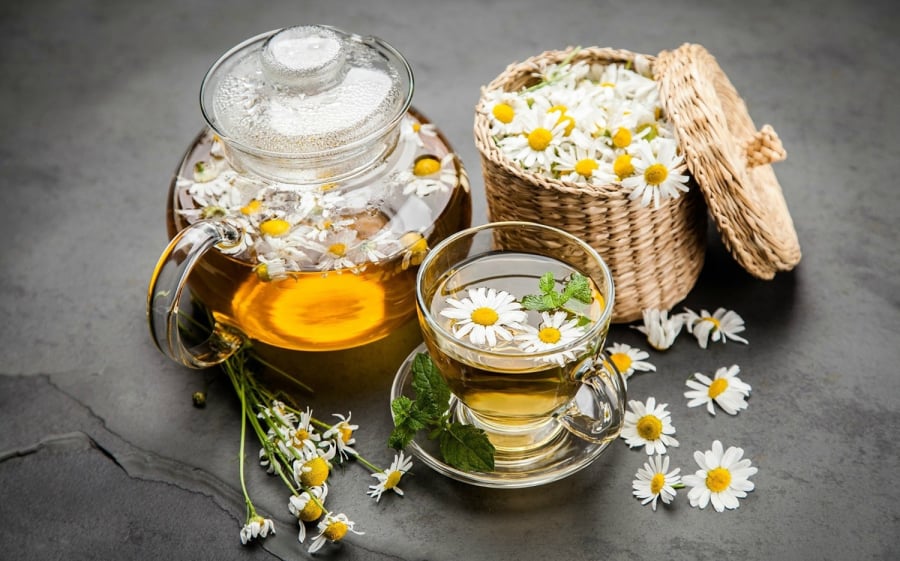Why Chamomile Tea Offers Numerous Health Benefits
When purchasing chamomile tea, pay attention to the color of the flowers. Brighter, almost luminous colors often indicate the use of sulfur for smoking, so it’s best to avoid these. Opt for darker hues, which signify a natural, higher-quality chamomile.
Touch is also an important indicator of quality. High-quality chamomile flowers will feel soft, supple, and neither damp nor stiff to the touch.

Your sense of smell can also guide you. A sour odor may indicate sulfur smoking, whereas a subtle, pleasant fragrance assures you of authentic chamomile.
Despite its myriad benefits, there are a few precautions to consider before consuming chamomile tea:
Caution for Those with Chronic Colitis:
Individuals suffering from chronic colitis have a weakened digestive system, so chamomile tea should be approached with caution. Excessive consumption may aggravate the condition and lead to diarrhea.
Avoid Adding Sugar:
While a dash of sugar may enhance the taste, it is best avoided by those with high blood sugar levels. Additionally, for those with spleen deficiency, sugar in chamomile tea can increase saliva secretion and potentially worsen the condition.

Don’t Drink Stale Chamomile Tea:
Chamomile tea contains active compounds like chlorogenic acid and flavonoids, which undergo oxidation over time. Within 24 hours, the tea’s color shifts from yellow to green, nutritional value diminishes, and prolonged consumption may result in diarrhea.
The active compounds in chamomile tea may interact with certain medications, altering their effectiveness or causing side effects. As a precaution, refrain from drinking chamomile tea simultaneously with taking any medication.
































